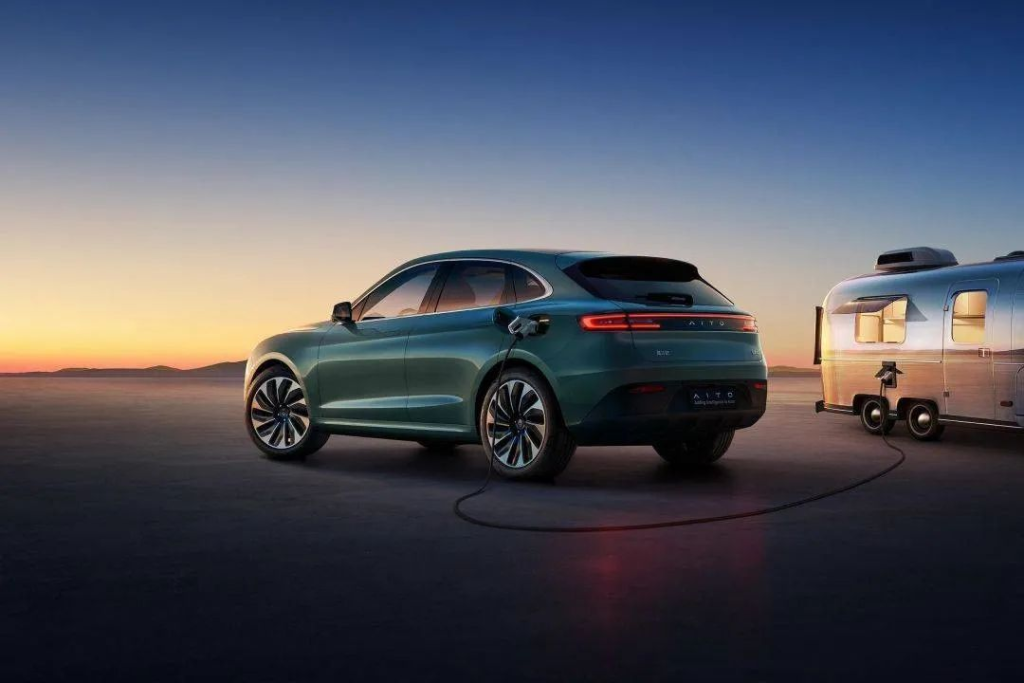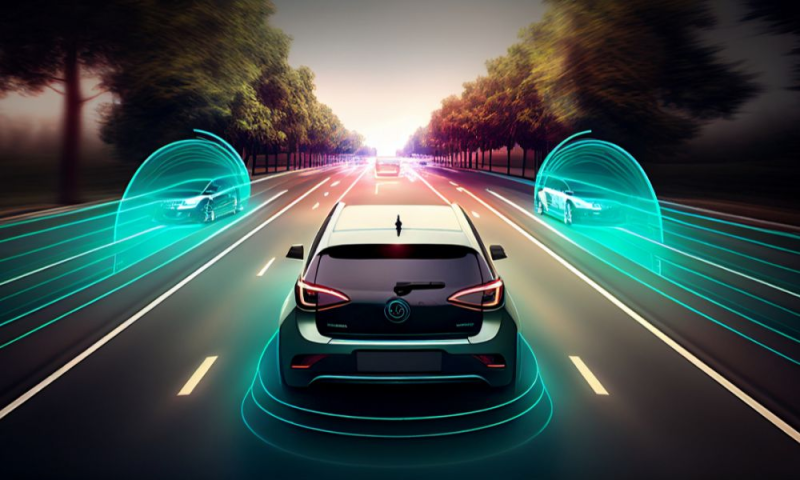The new energy vehicle (NEV) market has been witnessing significant growth in recent years, with plug-in hybrid (PHEV) and range extender technologies emerging as important players. These technologies offer a unique combination of benefits that make them attractive to both consumers and manufacturers.
Technical Advantages of PHEV and Range Extender Technologies
PHEV vehicles are equipped with both a traditional internal combustion engine and an electric motor, allowing them to operate in all-electric mode for short distances and switch to hybrid mode for longer trips. This dual-mode capability significantly reduces range anxiety, a major concern for many electric vehicle (EV) buyers. For example, the BYD DM-i system, which is used in several of BYD’s PHEV models, provides a pure electric range of up to 120 km and a combined range of over 1,000 km.

Range extender vehicles, on the other hand, use a small internal combustion engine to generate electricity and extend the vehicle’s range when the battery is depleted. This technology also helps to alleviate range anxiety while providing the benefits of an EV in terms of smooth and quiet driving. The岚图 Free, for instance, offers a pure electric range of 140 km and a combined range of over 860 km with its range extender system.
Market Trends and Consumer Preferences
The market for PHEV and range extender vehicles has been growing rapidly. In 2024, PHEV sales accounted for 40% of the new energy vehicle market, an increase of 10.4 percentage points compared to the previous year. This growth can be attributed to several factors, including government incentives, improved charging infrastructure, and increasing consumer awareness of the benefits of these technologies.
Consumers are increasingly attracted to PHEV and range extender vehicles due to their ability to provide the best of both worlds: the environmental benefits and low running costs of an EV, along with the convenience and flexibility of a traditional gasoline vehicle. A survey conducted by the China Association of Automobile Manufacturers found that over 60% of consumers consider range anxiety as a major barrier to purchasing an EV, making PHEV and range extender vehicles a more appealing choice.
Challenges and Future Prospects
Despite their growing popularity, PHEV and range extender technologies still face some challenges. One of the main issues is the higher cost compared to traditional gasoline vehicles. The cost of batteries and the complex hybrid systems can make these vehicles more expensive to manufacture and purchase. However, as technology advances and economies of scale are achieved, the cost is expected to decrease over time.
Another challenge is the limited charging infrastructure, especially for PHEV vehicles. While the number of charging stations is increasing, it is still not as widespread as gasoline stations, which can be inconvenient for long-distance travel. Governments and private companies are working to expand the charging network, and the development of fast-charging technology is also helping to address this issue.
Conclusion
In conclusion, plug-in hybrid and range extender technologies are playing an increasingly important role in the new energy vehicle market. Their ability to provide a balance between environmental benefits and practicality has made them a popular choice among consumers. While there are still challenges to overcome, the future prospects for these technologies are bright, and they are expected to continue to grow in importance in the coming years.
Hot Questions and Answers
- What are the main differences between PHEV and range extender technologies?
- PHEV vehicles can operate in both all-electric and hybrid modes, while range extender vehicles primarily rely on the internal combustion engine to generate electricity for the electric motor.
- How do PHEV and range extender vehicles perform in terms of fuel efficiency?
- PHEV vehicles typically have better fuel efficiency in urban driving conditions due to their all-electric mode, while range extender vehicles offer a longer range but may have slightly lower fuel efficiency.
- What are the government incentives available for PHEV and range extender vehicles?
- Many countries offer tax credits, subsidies, and other incentives to encourage the purchase of PHEV and range extender vehicles. For example, in the United States, PHEV vehicles with a certain level of battery capacity can qualify for a federal tax credit of up to $7,500.
- How does the cost of owning a PHEV or range extender vehicle compare to a traditional gasoline vehicle?
- While the initial purchase price may be higher, the lower running costs, including fuel and maintenance, can make PHEV and range extender vehicles more cost-effective in the long run.
- What are the latest advancements in PHEV and range extender technologies?
- Recent advancements include the development of more efficient batteries, improved hybrid systems, and the integration of advanced driver-assistance systems (ADAS) to enhance the driving experience.
- How do PHEV and range extender vehicles contribute to reducing carbon emissions?
- By reducing the reliance on gasoline and diesel engines, PHEV and range extender vehicles help to lower carbon emissions and contribute to a more sustainable transportation system.





